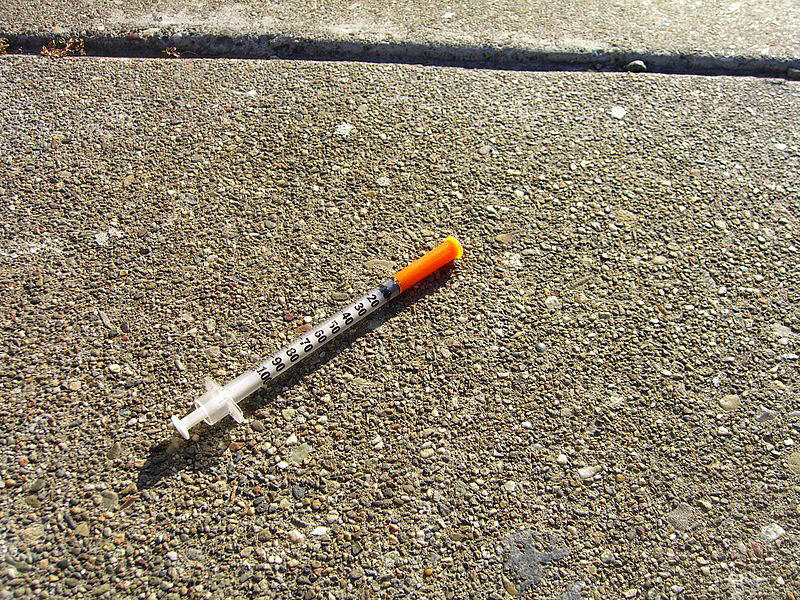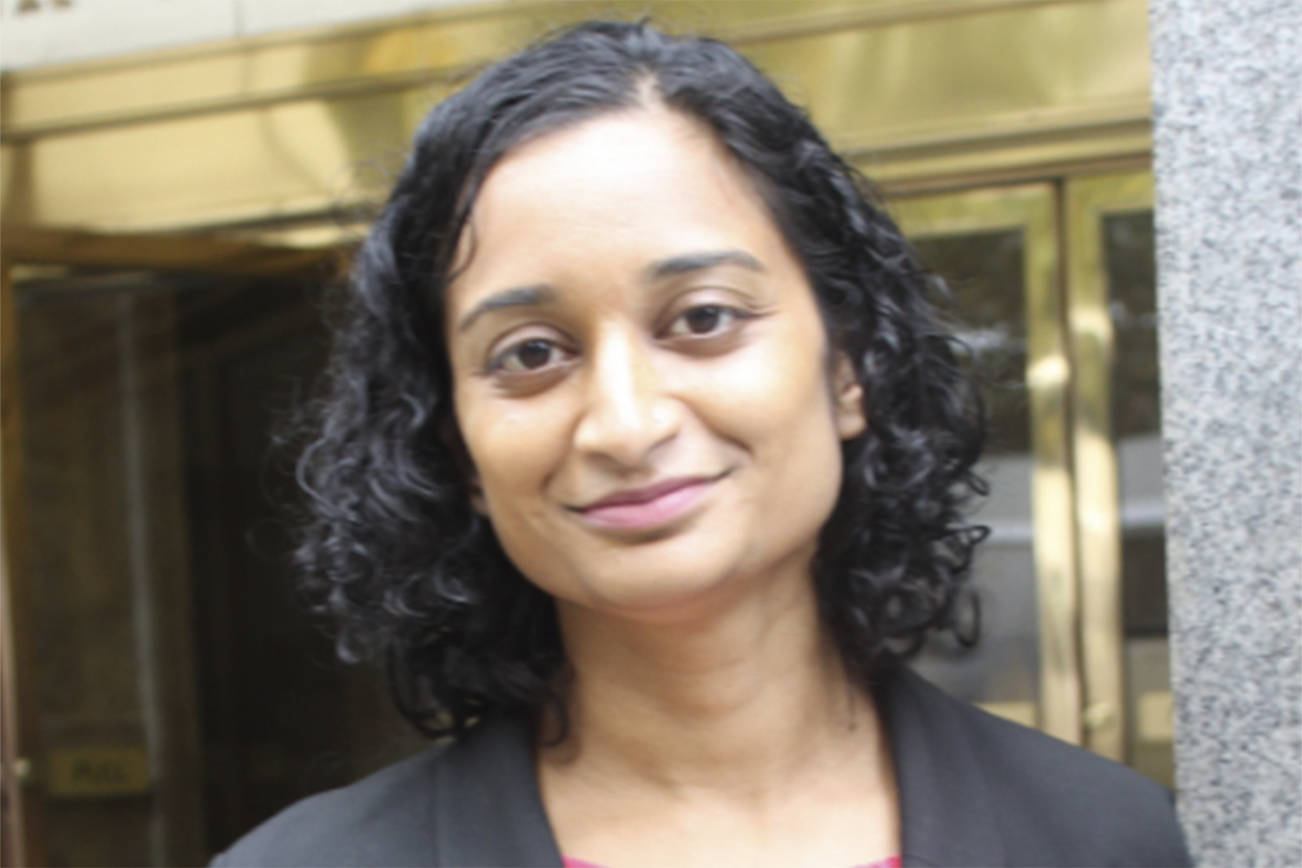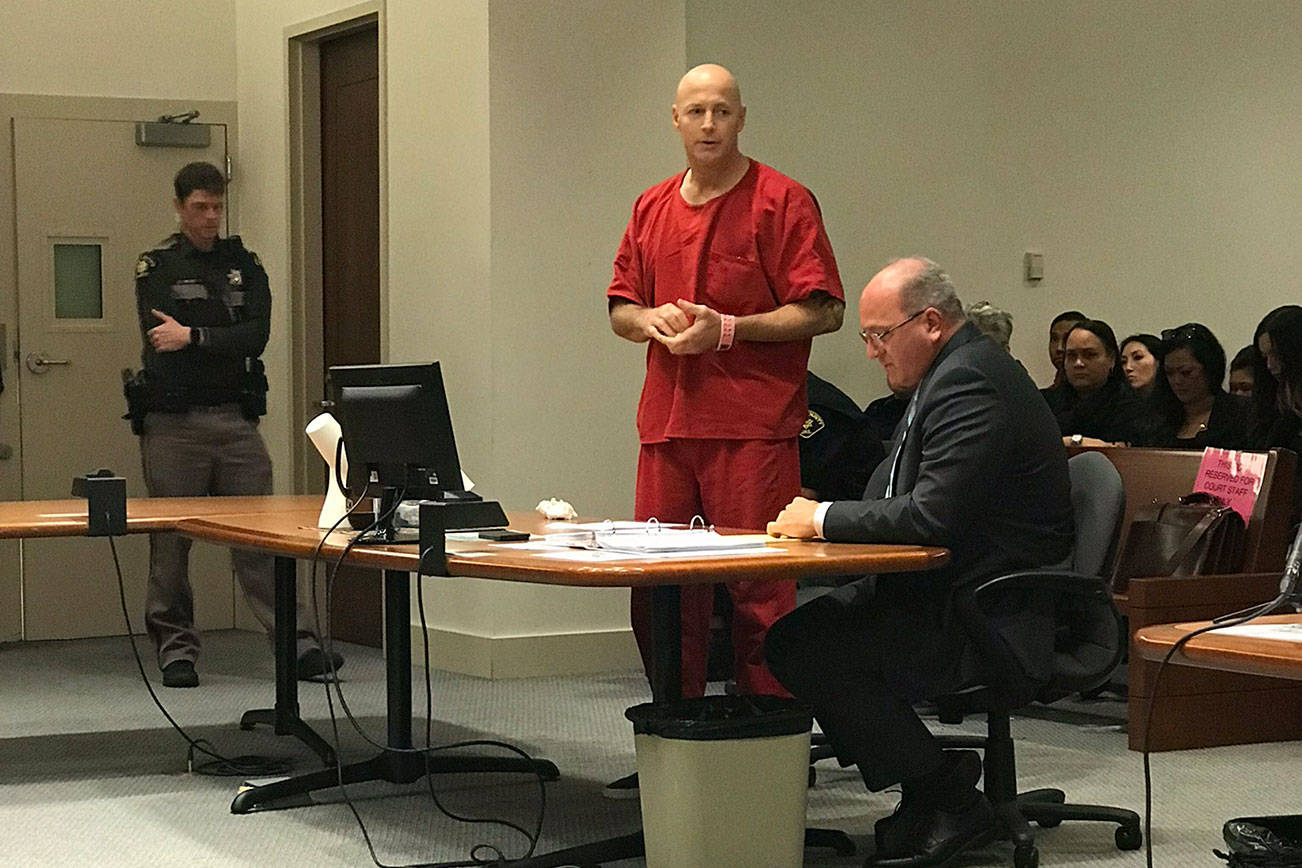Aaron McGrady first got hooked on prescription opioids several years ago after several people close to him passed away. The 31-year-old former Seattleite has been suffering from an opioid use disorder for roughly two years since. “A lot of bad things happened in a short amount of time. A lot of people died. I just kind of said, ‘Fuck it.’ ” he told Seattle Weekly. “Prescription [pills] started it, and then it just escalated from there.”
Now, after bouncing between various local drug treatment service providers, McGrady is on medication-assisted treatment (MAT)—the current gold standard in the medical world for treating opioid addiction. MAT drugs such as buprenorphine and suboxone are designed to act as substitutes for opioids to stave off cravings and withdrawal systems without any intense euphoric effects, allowing patients to get out of the cycle of addiction, stabilize their daily lives, improve their personal health, and hold down daily responsibilities like jobs.
“For opioid use disorder, the most effective supports that we know of are medications,” said Caleb Banta-Green, a principal research scientist at the University of Washington Alcohol and Drug Abuse Institute, during a May 9 press conference about regional drug overdose statistics. “A person is still physically dependent, but they are out of the chaos of addiction and that person can be in recovery.” According to both Banta-Green and King County Public Health officials, MAT medication can cut the chances of a patient suffering from opioid addiction dying from a overdose by 50 percent.
“It’s given me a way out,” McGrady said of his suboxone medication, which he’s been using for roughly a year from Valley Cities Behavioral Healthcare clinics in southeast Seattle.
Another advantage is these drugs is that they are less regulated than methadone, an older opioid medication which federal law dictates can only be consumed within the same sanctioned clinic where it is distributed—thereby requiring that patients take frequent trips. In contrast, suboxone can be prescribed in bulk at a variety of locations and taken at home by patients. But that still doesn’t mean the process is easy.
For McGrady and many others suffering from opioid-use disorder, obtaining this potentially life-saving treatment can be a difficult, time-consuming task given the lack of MAT providers outside of King County’s urban core. The geographic concentration of MAT providers in Seattle means getting crucial opioid treatment can require commuting for hours in the region’s snarled traffic jams, which is particularly trying for low-income or homeless patients.
When he lived in Puyallup, McGrady used ride the bus twice a week to Beacon Hill’s Valley Cities Recovery Place detox and treatment facility to get MAT drugs due to the lack of equivalent services closer to home. “It was a hard task to say the least,” he said of the over two-hour commute. “It was hard to keep a lot of appointments.”
Local addiction-treatment medical professionals argue that spatial disparities in King County’s MAT providers is limiting which populations can get easy and routine access to crucial medication for opioid addiction. (According to a 2017 King County Public Health epidemiology report, there are over 23,000 people in King County who inject drugs—primarily heroin.)
“There’s a lack of access on the Eastside and a lack of fast access in South King County,” said Daniel Otter, a nurse-care manager at Recovery Place on Beacon Hill. “We have plenty of folks who commute up here. It makes it really challenging for them.”
“As far as barriers that people cite, in terms of making it to appointments, transportation is number one,” he added. “The people from South King County are the people who miss their appointments more frequently because, at best, they are looking at an hour-long public transportation commute.” (Otter estimated that roughly half of his patients commute from South King County.)
Molly Carney, executive director of Evergreen Treatment Services, a Seattle-based addiction services provider with clinics across King, Thurston, and Grays Harbor Counties, told Seattle Weekly that missed appointments can be catastrophic for patients trying to stave off opioid withdrawal. “The prescriptions are timed so that they run out on the day that the patient is due for the next appointment,” she said. “If they miss that appointment, they are going to miss their medication and go into withdrawal.”
Expanding access to medication-assisted treatment has been a cornerstone of King County Public Health’s broader strategy to addressing the escalating opioid epidemic. In 2016, the King County Heroin and Opiate Addiction Task Force produced policy recommendations, including establishing safe consumption sites for drug users, safe disposal of prescription opiates, and increasing access to treatment. The county health department has been working ever since to implement the recommendations. (Actually establishing a safe drug consumption site has moved slowly due to pushback from the suburban communities.)
King County Public Health’s effort has included distributing over $600,000 in county funding to local addiction service providers to establish their own MAT programs, investing in a county-managed buprenorphine program, and coordinating with service providers that have received state and federal funding. In early 2017, county public health officials established a buprenorphine program at the county’s Downtown Public Health Center, which has served 150 people to date (according to the county, the program hit service capacity within 13 weeks of getting off the ground, which speaks to its high demand). Providers such as the Seattle Indian Health Board and the Downtown Emergency Services Center received funding for buprenorphine prescription certifications for physicians and staff (such as nurse-care managers) so they can help administer the treatment and patient care. In total, the county says it has helped build up 40 different MAT distribution sites, which consist of a combination of its own MAT program, ones it has helped fund, and the providers with multiple clinic locations like Valley Cities and Harborview.
Through their in-house services and their network of partner providers, the county’s goal is to provide “treatment on demand” so that those suffering from addiction can get medication when they ask for it and without delay. And according to King County Behavioral Health and Recovery Division Assistant Division Director Brad Finegood, the county is on its way to achieving that goal. “Now we have no waitlist for methadone,” he said. “I have a list of where people can go today to get buprenorphine.”
However, the county’s investments in MAT treatment are concentrated in Seattle, leaving South King County and the rural Eastside communities underserved. (Households living below the federal poverty line are also concentrated in South King County.) Additionally, most of the “low-barrier” providers—facilities where patients can get prescriptions the same day that they walk in without going through numerous appointments and won’t be turned away for having a dueling dependency on drugs like methamphetamine—are almost exclusively limited to Seattle, making it even more difficult for patients outside of the city who need medication at any given moment. Otter with Valley Cities said that there are few places in South King County where a patient can “just go in and get a prescription of suboxone the same day.”
“It’s just a fact that most of the places that got funded are up and down the I-5 corridor,” David Newman, program manager for substance use disorder services at Community Psychiatric Clinic, told Seattle Weekly. Newman’s clinic was one of the recipients of county funding for MAT treatment.
“Patients do a lot better [when they] have an easier time to get to clinics and the services,” said Dr. David Sapienza, addiction medicine director at the Seattle Indian Health Board. “When people are traveling a long distance, interruptions in their care can happen more easily. It takes a lot for someone who, if they don’t have housing and are using heroin, to see a treatment provider.”
He added that existing MAT services are “not enough to meet the demand at all” and that there should be “a lot more.”
County officials like Finegood aren’t at odds with medical providers and agree that there should be access to opioid medication everywhere. “No matter where you are at in the county we need to make sure that there is treatment there,” Finegood said. “We want to make sure that there is good geographic representation and good geographic spread so that somebody is not driving across town.”
Finegood also said that demand for MAT is highest along the I-5 corridor, citing the concentration of overdose deaths in Seattle and along the highway. According to the county, 53 percent of all fatal overdoses in 2017 occurred in Seattle, followed by south and east side cities like Tukwila, Des Moines, and Bellevue.
Part of the problem, according to Dr. Greg Maddox, chief medical officer at the Seattle Indian Health Board, is that healthcare institutions with the expertise and willingness to take on low-income and homeless patients are scarce outside of the Seattle urban core, limiting who the county can partner with to invest in treatment expansion. “Doctors want to live in Seattle and there is a primary care shortage outside of Seattle.” Escalating housing costs only compound the problem by pushing low income patients further outside of the city, further from the MAT clinics.
This reality has informed where county officials have chosen to invest resources to build-up MAT providers, meaning that existing providers primarily in Seattle received funding for increasing opioid medication access. “It’s not standing up new establishments,” Finegood said, “but bringing a new program to where services are already happening.”
Scarce resources for starting up county-run facilities are also at play. County agencies can only draw from a limited portion of revenue from the local Mental Illness and Drug Dependency sales tax, state-level allocations, and federal grants to invest in new services. Finegood argued that more providers need to work to get waived to provide MAT and be more willing to work with low-income homeless clients. “We shouldn’t have to utilize more add-on resources … it’s about transforming practice.” According to Finegood, the county has no immediate plans to invest in more MAT access points.
“What’s missing are providers that have been willing to go through the training and start working with some of these patients,” said Carney with Evergreen Treatment Services.
Valley Cities Behavioral Health is one of the few providers with a significant presence in South King County, with clinics in Renton, Federal Way, Kent, and other cities. However, these facilities don’t offer same-day access to MAT drugs, and often require patients to go through a series of appointments to get medication like suboxone, according to Otter.
For McGrady, getting his suboxone medication is easier now that he’s moved to Des Moines, where he can get to the Valley Cities Beacon Hill clinic in 20 minutes by bus. “Now things are a lot better,” he said.
But the regional opioid epidemic is only worsening. In early May, the Alcohol and Drug Abuse Institute released its annual drug overdose deaths report, which showed the crisis worsening. According to the report, 379 people died of drug and alcohol use in 2017, up from 348 the previous year. Heroin-related deaths were the majority of all fatal overdoses in 2017, but upticks in methamphetamine and fentanyl (a powerful synthetic opioid) use were also recorded. The report’s findings also track with long-term regional trends in the opioid epidemic and general drug use and addiction. Since 2011, opioid deaths have gone up every year except 2014.
The steady increase in overdose deaths has public health officials concerned. “The opioid epidemic in King County is worsening,” said Jeff Duchin, health officer with King County Public Health at the May 9 press conference where the latest tallies were announced.
He went on to tie the rising overdose fatalities to the regional homelessness crisis, which is escalating in tandem. “To bend the curve on this epidemic, we have no choice but to address the underlying social, economic, and psychological stressors that are driving substance use disorders and addiction—as well as the many other causes of death and disability in our communities—including poverty, housing instability and homelessness.” (According to the 2017 drug overdose report, 17 percent all overdose deaths last year were among people experiencing homelessness, despite the regional homelessness population constituting less than 1 percent of King County’s total population.)
So as beneficial as MAT programs have proved to be, Dunchin believes the problem needs to be addressed much earlier. “Unless we turn off the flow of newly addicted persons and people developing substance use disorder in the first place we are never going to get ahead of this.”
jkelety@seattleweekly.com








